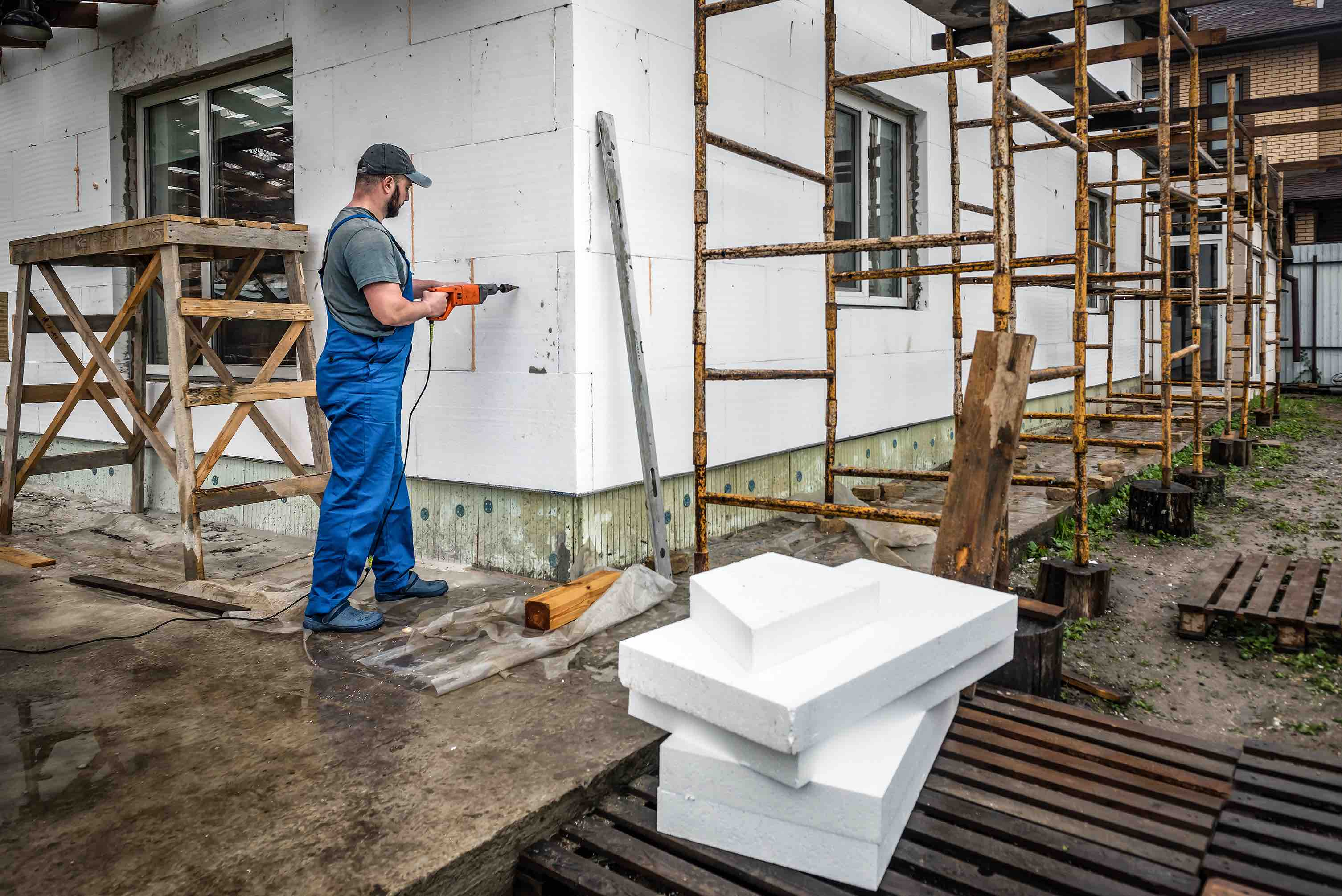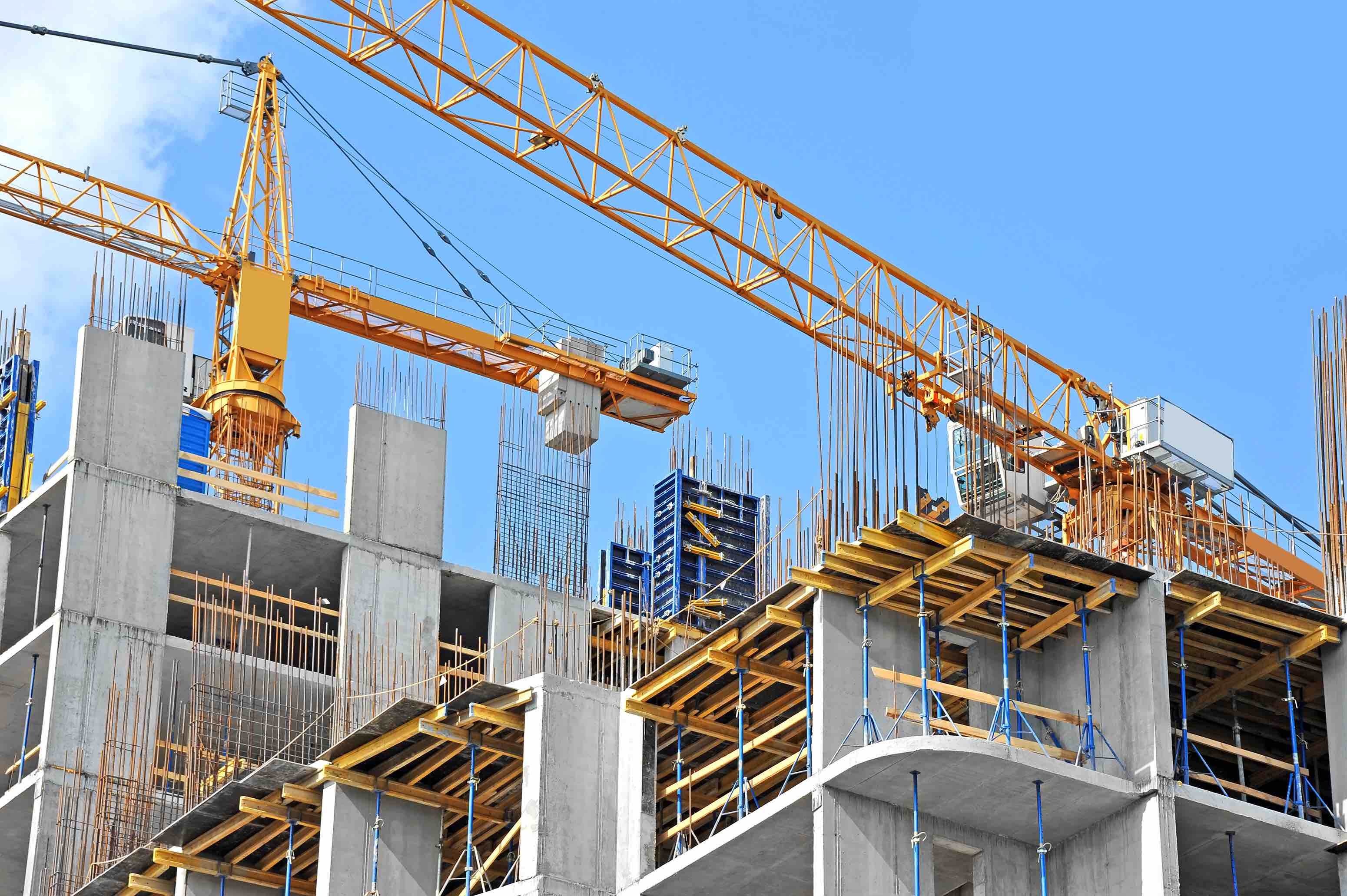
Investing in an apartment complex construction project can be a lucrative venture, but it’s essential to understand the factors that influence the costs involved. With variables like location, materials, and labor playing significant roles in the overall cost, having a clear grasp of these elements can be the difference between a successful investment and a financial disappointment. In this blog post, we’ll explore these factors, discuss various types of apartment complexes and their cost implications, and provide insights into financing options, the role of professionals, and strategies for maximizing profitability.
Key Takeaways
- Understanding apartment complex construction costs is essential for investors and developers, as they involve hard and soft costs that vary depending on the project’s location, materials, and labor.
- The success of an apartment complex construction project relies on the expertise of professionals such as architects, engineers, and contractors.
- Proper risk management strategies can help protect investments in apartment complex construction projects from unexpected costs or delays.
Suggested Posts:
Guide to CSI Division 13 – The Intricacies of Special Construction
A Comprehensive Guide:How to Become a Successful Real Estate Developer
Understanding Apartment Complex Construction Costs
Grasping the multifamily construction costs, including apartment construction costs, associated with constructing an apartment complex is crucial for investors and developers. Factors such as location, materials, and labor must be taken into consideration in the construction industry, especially when constructing an apartment complex. The national average cost for apartment complex construction is $398 per square foot, but this value can vary greatly depending on the specifics of each project.
Costs involved in building an apartment complex can be broadly categorized into hard costs and soft costs. Hard costs typically make up a majority of the budget and include expenses directly related to the physical construction of the building, such as materials, labor, and equipment. Soft costs on the other hand, comprise non-construction related expenses such as legal fees, permits, and architectural fees.
Location Factors
Location plays a vital role in determining the cost of constructing an apartment complex. Factors such as land prices, local regulations, and demand contribute to the overall expenses, making some locations more desirable for constructing an apartment complex than others. For example, land prices in urban areas are typically higher than in rural areas, and costs may also vary significantly between cities. Additionally, high demand and reputation can cause a decrease in land availability, leading to higher rental prices.
It’s essential to carefully evaluate these location factors when planning an apartment complex construction project. Choosing a strategically advantageous location can contribute significantly to the project’s success and profitability.
Material Costs
Material costs, including building materials, are a major factor in the overall cost of constructing an apartment complex. The cost of materials depends on what kind of material is needed (lumber, steel, glass, etc.), the market conditions, and shipping costs. Moreover, the quantity of product needed also plays a role in determining the cost. Fluctuations in material prices can have a significant impact on the cost of apartment complex construction if proper preparations are not made. Allocating provisions in the budget and allowing for potential price increases, considering inflation and supply chain factors, is a wise approach to managing material costs.
A competent general contractor can provide the following benefits:
- Accurate estimates of material costs
- Ensuring adherence to the budget
- Assistance in selecting the right materials and suppliers
- Minimizing the risk of unexpected costs and delays
Working with a trusted contractor can help in achieving a successful construction project.
Labor Costs
Labor costs play a crucial role in the overall cost of constructing an apartment complex. Personnel costs associated with the project have to be factored in. This includes fees for structural engineers, architects, contractors, subcontractors and any other staff required. Several factors are considered when determining labor costs in apartment complex construction, including the buying power of the general contractor, the geographical location, the size, and the complexity of the building.
Utilizing union labor can also impact the cost of constructing an apartment complex. Union labor typically results in higher costs, as unions provide their members with higher wages, training, and benefits, which requires companies to submit higher bids to cover these expenses.
Hiring experienced professionals and managing labor costs effectively is essential for ensuring the project is completed within budget and without delays.
Types of Apartment Complexes and Cost Implications

Different types of apartment complexes, such as high-rise, mid-rise buildings, and low-rise buildings, have varying construction costs due to factors like building height, amenities, and structural complexity. Here are the estimated construction costs for each type.
- High-rise apartment complexes: $270 to $675 per square foot
- Mid-rise apartment complexes: $180 to $270 per square foot
- Low-rise apartment complexes (typically with a height limit of four stories): cost implications can vary
Understanding the cost implications for various types of apartment complexes is crucial for making informed decisions about the construction project and ensuring that the final product meets the desired specifications and budget constraints.
Financing Options for Apartment Complex Construction
Financing options for apartment complex construction include loans, equity investments, and government incentives, each with its own set of advantages and drawbacks. Investors often provide funds for the project, which can include commercial mortgages from banks, private lenders, and debt funds. Advantages of these financing options may include access to capital, lower interest rates, and potential tax benefits, while potential drawbacks can involve repayment requirements, the risk of default, and possibly high interest rates.
Financing fees may also be associated with apartment complex construction, including loan origination fees, interest, and other fees payable to the lender. Exploring various financing options and understanding their implications is crucial for ensuring a smooth construction process and maintaining profitability.
The Role of Professionals in Apartment Complex Construction

Professionals such as architects, engineers, and contractors play crucial roles in the construction of an apartment complex, ensuring the project is completed on time and within budget. Here is a breakdown of their roles.
- Architects design and create plans for the apartment complex, making adjustments as needed and collaborating with other professionals throughout the project.
- Engineers ensure the structural integrity and safety of the apartment complex, working closely with architects and contractors.
- Contractors manage the construction process, including hiring subcontractors, sourcing materials, and overseeing the project timeline.
Hiring experienced professionals is essential for the success of any apartment complex construction project. Their expertise not only ensures the quality of the final product, but also helps in mitigating risks and controlling costs.
Architects
Architects play a critical role in the construction of an apartment complex, providing design plans and making necessary adjustments throughout the project while collaborating with other professionals. To be effective in their role, architects must have a degree in architecture, a license to practice, and experience in designing and constructing apartment complexes.
The cost of hiring an architect is contingent upon the size and complexity of the project, but typically falls within a range of 5-15% of the total construction cost. Involving an architect at the beginning of the design phase and throughout the construction process ensures that the project adheres to the desired specifications and meets all necessary regulations and standards.
Engineers
Engineers are responsible for:
- Ensuring the structural integrity and safety of the apartment complex
- Working closely with architects and contractors to guarantee that the apartment complex is constructed in accordance with the plans and specifications
- Ensuring that the structure is secure and complies with all relevant building codes and regulations.
To perform their duties effectively, engineers must have the appropriate qualifications and experience in their respective fields. Collaborating with experienced engineers can help minimize potential issues and risks during the construction process, contributing to the overall success of the project.
Contractors
Contractors are responsible for managing the construction process of an apartment complex, including hiring subcontractors, sourcing materials, and ensuring adherence to the project timeline. Subcontractors are accountable for various components of constructing an apartment complex, as per their area of expertise. The general contractor is responsible for obtaining the necessary permits, scheduling inspections, hiring subcontractors, and overseeing the construction of the apartment complex.
The fees for a general contractor for an apartment complex construction project can range from 10% to 20% of the total project cost. Working with a competent contractor can help ensure that the construction process runs smoothly, minimizing delays and managing costs effectively.
Stages of Apartment Complex Construction

Apartment building construction, which includes the process to build an apartment complex and apartment buildings development, involves a series of steps, such as:
- Planning
- Design
- Construction
- Post-construction
In the initiation phase, the project’s feasibility in terms of scope, timeline, and budget is assessed. During the pre-construction phase, the architect presents designs and drawings to the project owner, while general contractors submit bids.
The construction stage involves:
- Laying the foundation
- Erecting walls
- Painting
- Plumbing
- Carpentry
- Electrical work
Each stage of construction requires careful management and coordination between professionals, such as architects, engineers, and contractors. Ensuring that all parties are working together effectively and efficiently is crucial for the successful completion of an apartment complex construction project.
Timeframe for Apartment Complex Construction
The timeframe for constructing an apartment complex can vary. Here are some key points to consider.
- 75% of projects with 20+ units take over 13 months to complete.
- Delays can occur due to unforeseen circumstances, such as supply chain issues or regulatory problems.
- Extended durations of the project can result in additional carrying costs and labor expenses.
Proper planning and efficient use of resources can help minimize delays and ensure that the project is completed within the desired timeframe. Some strategies to consider include:
- Collaborating with experienced professionals
- Maintaining open communication between all parties involved
- Setting clear goals and deadlines
- Regularly monitoring progress and making adjustments as needed
By implementing these strategies, you can increase the likelihood of keeping the project on schedule.
Managing Risks and Unexpected Costs

Managing risks and unexpected costs during apartment complex construction is essential for maintaining profitability. Proper planning, budgeting, and risk mitigation strategies can help minimize potential issues. Some examples of unforeseen circumstances that can lead to project delays and failure include lawsuits and payment disputes.
Requiring preliminary notices from contractors and subcontractors can:
- Improve transparency and accountability
- Safeguard the general contractor and subcontractors’ lien rights
- Confirm that the property owner is aware of who is working on their apartment complex project
Implementing effective risk management strategies can help ensure the successful completion of the project and protect the investment.
Maximizing Profitability in Apartment Complex Construction
Maximizing profitability in apartment complex construction involves careful planning, efficient use of resources, and strategic decision-making regarding factors such as location, materials, and amenities. To maximize profitability, investors and developers can consider the following strategies:
- Obtain the services of a qualified accountant to ensure financial management is optimized.
- Rationalize operations to eliminate unnecessary expenses and streamline processes.
- Reduce operating costs by implementing energy-efficient systems and practices.
- Emphasize quality and customer satisfaction to attract and retain tenants.
- Be adaptable with pricing structure to respond to market demands and maximize revenue.
- Enhance the value of the property through strategic mechanical, engineering, and plumbing (MEP) systems.
By implementing these strategies, investors and developers can increase profitability in affordable housing, particularly in apartment complex construction.
Additionally, generating revenue through amenities such as vending machines, laundry machines, and storage units, or implementing pet fees and reserved parking, can provide additional income streams to maximize profitability. Focusing on these strategies can help ensure the long-term success and profitability of an apartment complex construction project.
Summary
Understanding the factors that influence the costs involved in constructing an apartment complex is crucial for investors and developers. From location and materials to labor and financing options, gaining a comprehensive understanding of these elements can help ensure the successful completion of the project and protect the investment. By carefully planning, managing risks, and employing experienced professionals, investors can maximize profitability and create thriving apartment communities.
In conclusion, constructing an apartment complex is a complex and multifaceted process, involving numerous factors, professionals, and decisions. By keeping a keen eye on costs, timelines, and risks, investors and developers can create profitable apartment complexes that meet the needs of their residents and provide long-term value.
Frequently Asked Questions
Is owning an apartment complex profitable?
Owning an apartment complex is a great way to grow your real estate portfolio and build long-term income. With cash flow, financing options with limited money down, and tax benefits, investing in an apartment complex can be a very profitable investment.
How much does it cost to build an apartment complex in USA?
The average cost to build an apartment complex in the United States is estimated at around $22 million, with the cost of construction per square foot being approximately $398.
How do location factors impact the cost of constructing an apartment complex?
Location factors like land prices, local regulations, and demand can drastically affect the cost of constructing an apartment complex.
For example, land prices in urban areas are often much higher than in rural areas, making it more expensive to build in cities. Local regulations can also add to the cost, as they may require it.
What are the main differences in cost implications between high-rise, mid-rise, and low-rise apartment complexes?
High-rise apartment complexes typically have the highest construction costs due to taller buildings, more amenities, and increased structural complexity.
Mid-rise and low-rise apartments tend to be less expensive than high-rises, as their designs require fewer materials and simpler construction techniques.
What are some financing options available for apartment complex construction?
Financing options for apartment complex construction include loans, equity investments, and government incentives. All these have their own advantages and drawbacks to consider.
Upgrade Your Building Security
Get in touch with a Swiftlane specialist for more information on the best access control and video intercom solution for your building.




